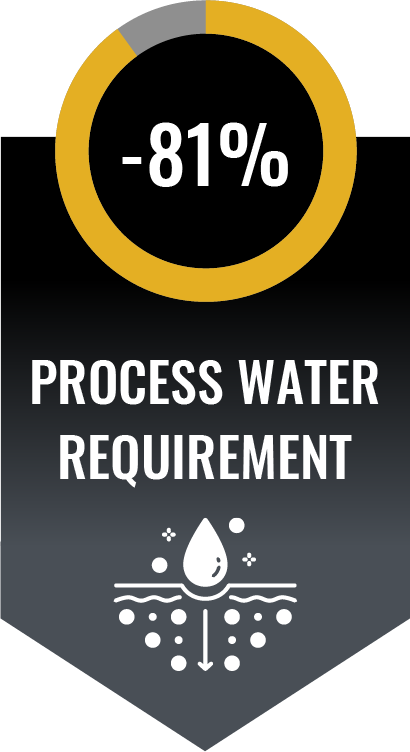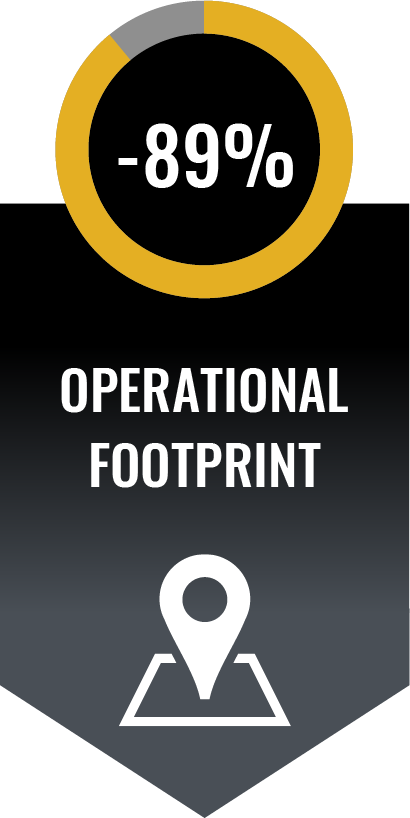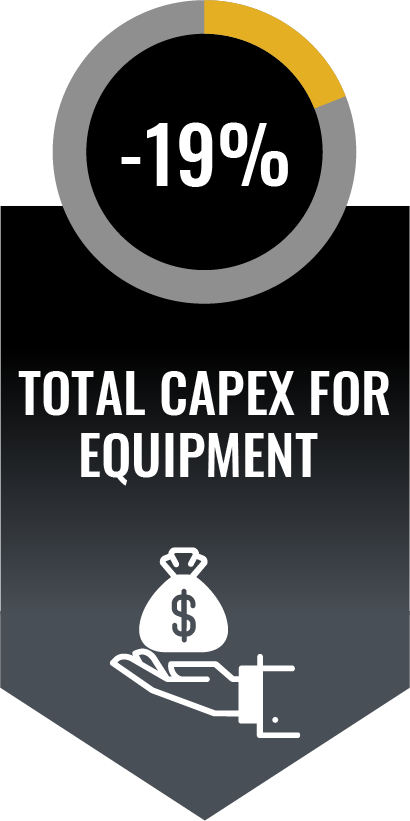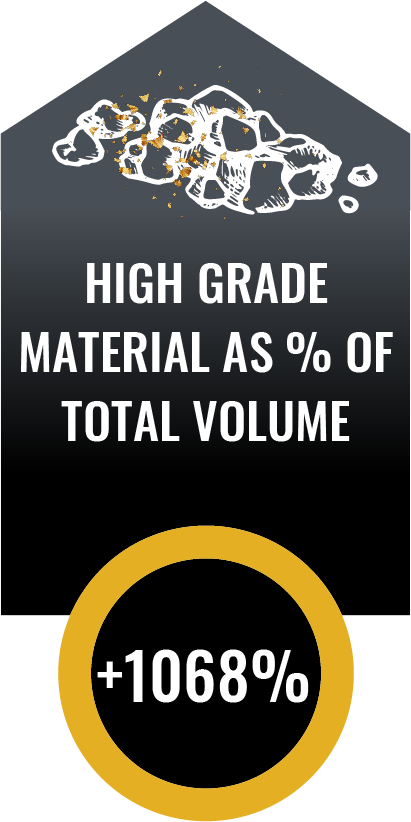
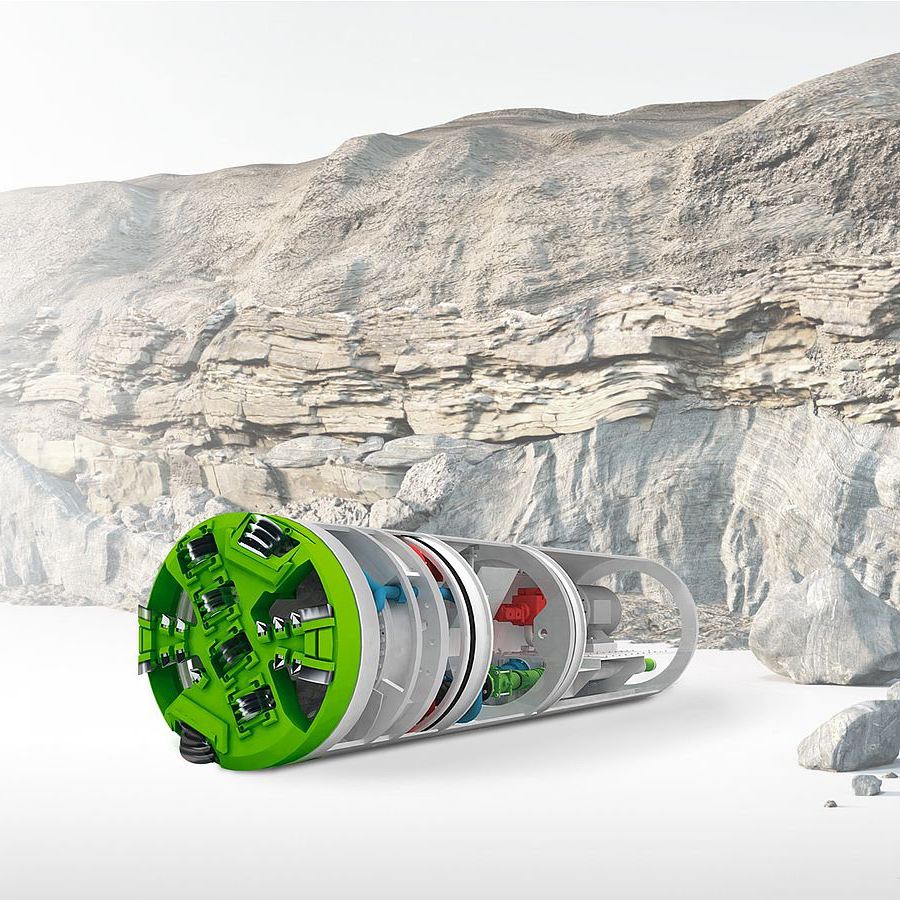
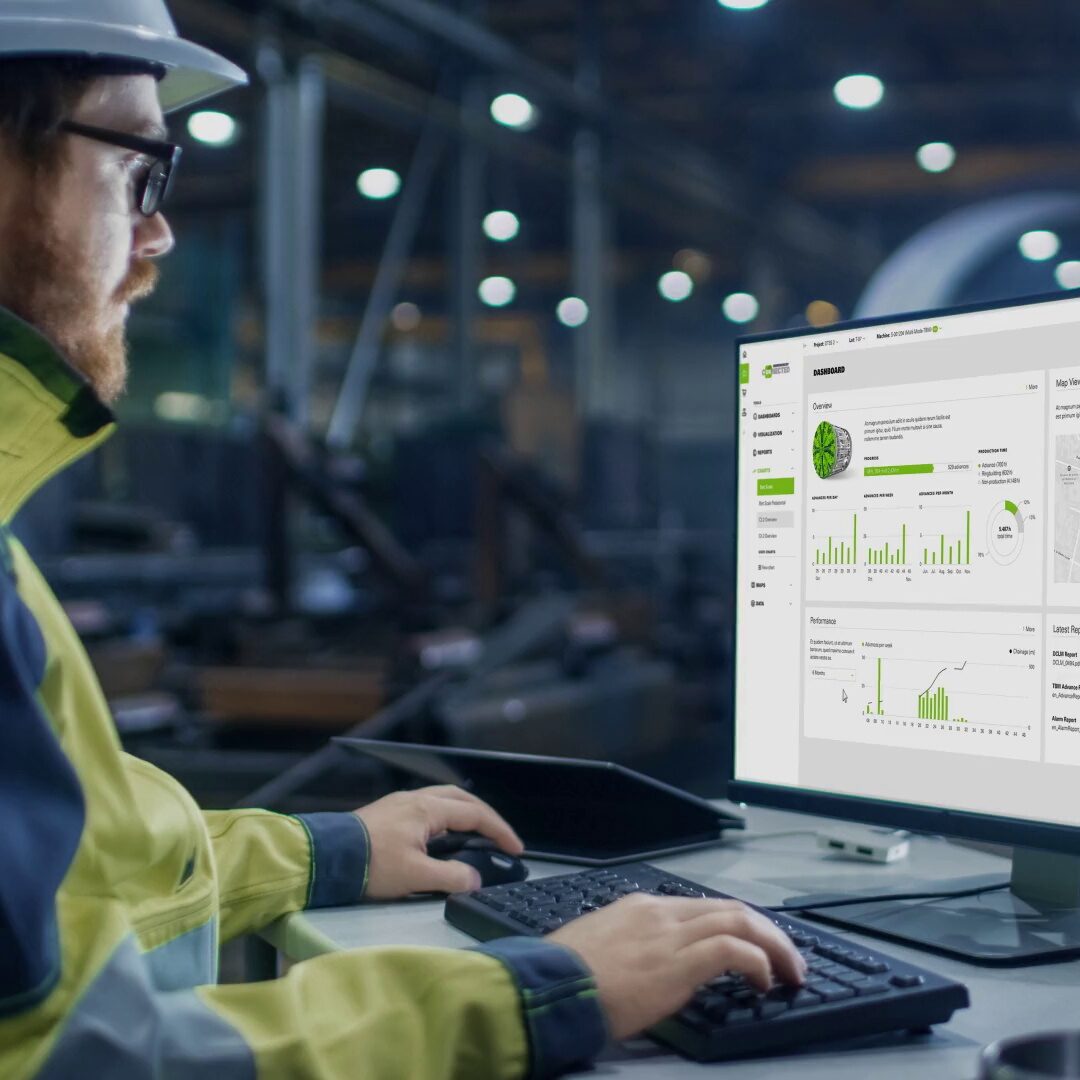
Our Mission
Our mission is to leverage technology and innovation to not only find better mining solutions, but to contribute towards the growing effort for true and sustained change – in both our industry and beyond.


Our mission is to leverage technology and innovation to not only find better mining solutions, but to contribute towards the growing effort for true and sustained change – in both our industry and beyond.
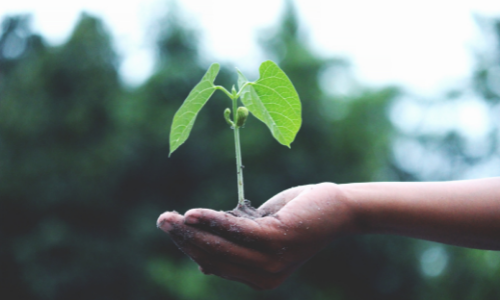
From the beginning and our first experiences in the industry, we understood that standard open pit operations are not only wasteful – considering the equipment, fuel and process water needs of a commercial placer mining operation – but are unsustainable in terms of their environmental impact and the Canadian commitment to COP 26. While land reclamation, water management regulations and reducing emissions work to compensate for this, we believe that the best form of remediation is in fact innovation.
From the massive dredging and hydraulic operations at the turn of the 20th century until present, commercial placer mining has had to move mountains of material to gain access to the alluvial gold deposits that lie deep underground.
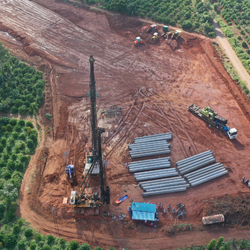
Once the mining site has been identified, a cut must be opened to extract the alluvial deposit. In order to open the mining cut, all vegetation and overburden must be stripped away and moved.
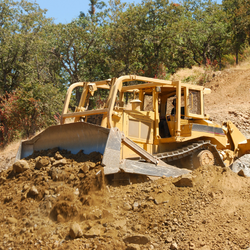
Dozers are used to strip topsoil and vegetation, as well as to rip (loosen) and push overburden to an excavator; the excavator then loads haul trucks which move the material to a temporary storage area (or for use in berm or settling pond construction). When viable, large conveyors or stackers are also employed to move this material.
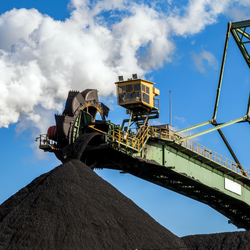
Once the pay material has been reached, the same equipment is used to rip and move it to a processing plant, where it is washed and the alluvial gold recovered. The processing plant is typically fed by a dedicated excavator (or loader when a large feed hopper is used).
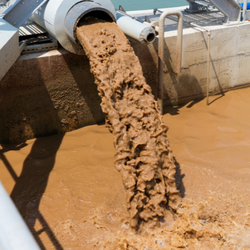
Standardly, a trommel or screen deck feeds a sluice system which pre-concentrates the gold bearing material: this method relies on gravity recovery and requires roughly 3.6M litres of process water over a 12hr shift. Clean process water is initially drawn directly from a natural water source (stream, creek, river, etc). Depending on its size/flow rate, process water can be recirculated back to the plant through settling/sedimentation ponds.
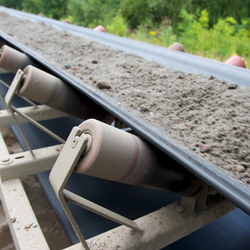
Overflow material (tailings) is typically moved away from the plant by a loader or conveyor to a storage area. This material, combined with the overburden moved in step 1, is used to complete reclamation requirements at the mine site. With this method of mining, it is assumed that all material from the cut is handled twice during the mining lifecycle.
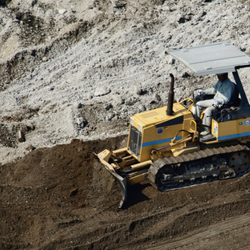
Once mining is complete, all overburden and tailings are pushed/dumped back in the excavated area and smoothed over to complete reclamation requirements. Many operations complete this process as the cut advances, reclaiming the land as it is mined.


